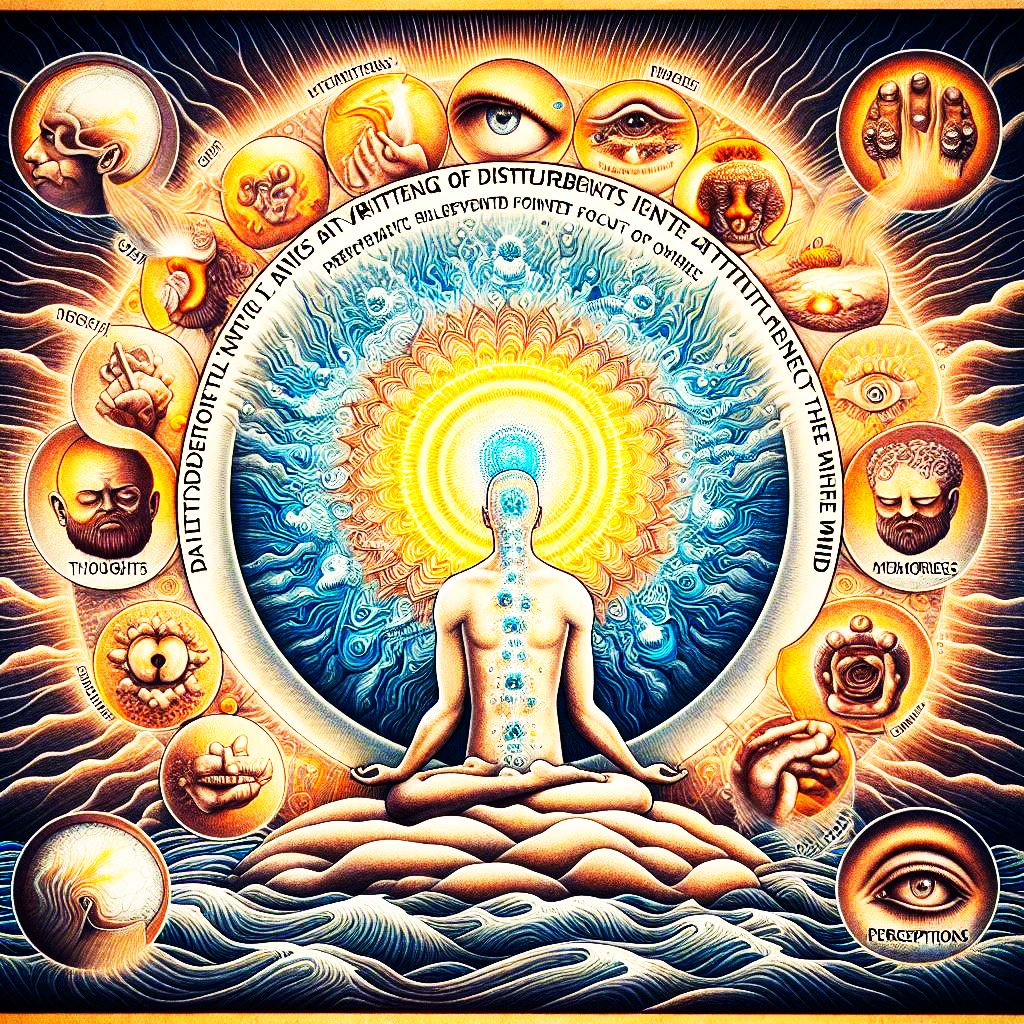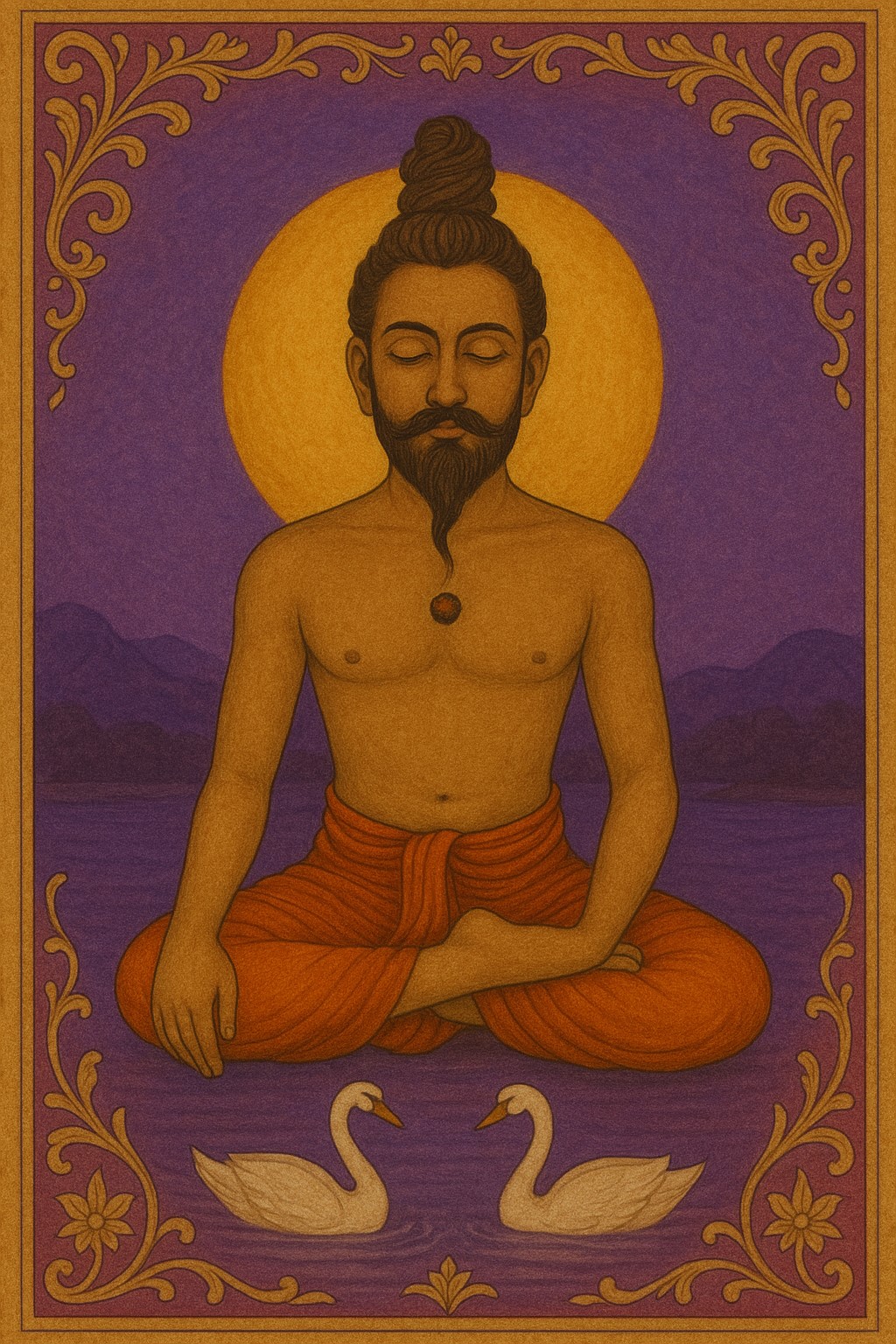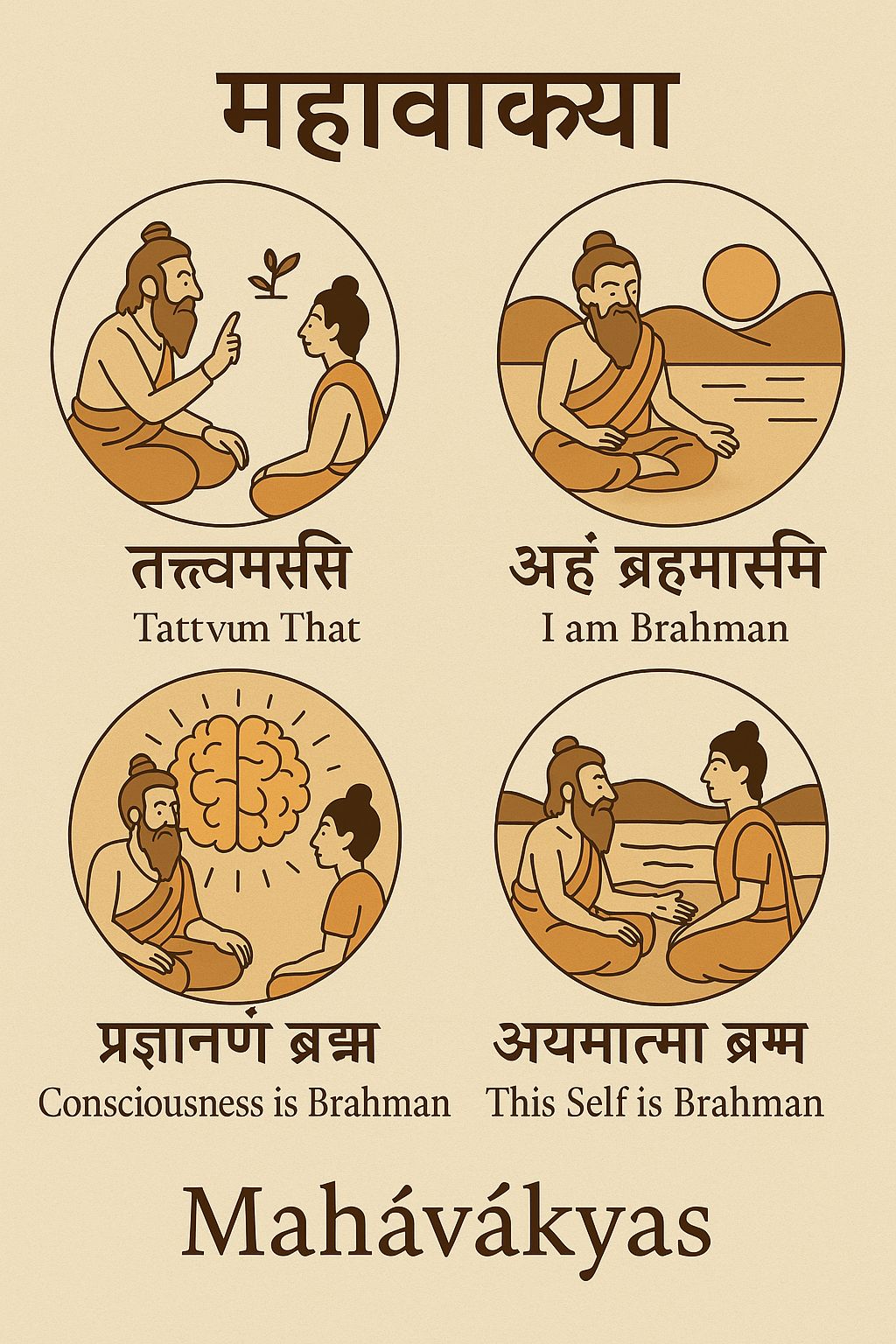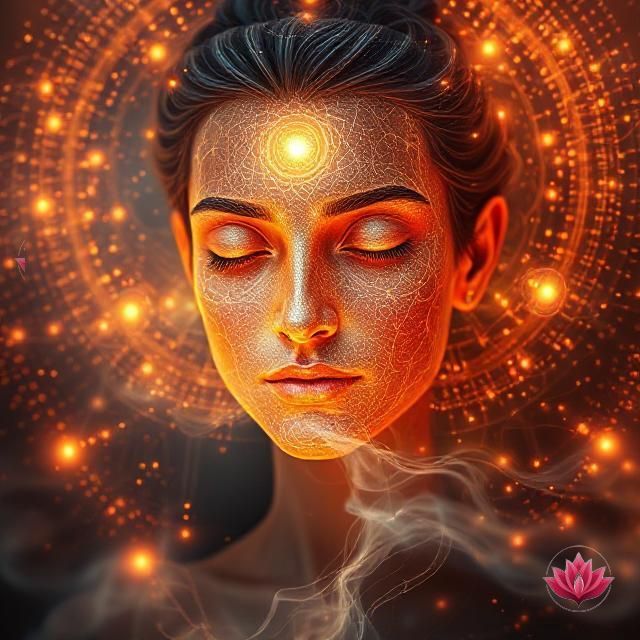Karma is very difficult to define, and almost impossible to understand.
As per Bhagavad Gita Chapter 4-Stanza 17, it says
कर्मणो ह्य् अपि बोद्धव्यं बोद्धव्यं च विकर्मणः। अकर्मणश् च बोद्धव्यं गहना कर्मणो गतिः ॥ 17॥
One should understand the property of Karma, i.e
“What is the impact of an action,”
“What is the impact of a forbidden action,”
“What is the impact of inaction,”
“It is very difficult to understand Karma.”
Now, why is so difficult to understand Karma? Before that ‘What is Karma’? Lets understand Vrittis and Vasanas to undenrstand Karma.
Vritti
Vritti refers to the disturbances in attention that prevent single-pointed focus of the mind. These are the various thought waves or mental activities that arise in the mind. Vrittis can be of different types, such as thoughts, emotions, perceptions, memories, desires, etc. The goal in spiritual practices is to quieten or still these vrittis to achieve one-pointed attention (a state of inner peace, clarity, and spiritual realization).
Vrittis can also be described by different Sanskrit words to describe the type of disturbance. However, the most important aspect of Vrittis is that they do not have any history/precedence. It is a random eruption of thought (in deeper literature, this is not random but this description is sufficient for understanding currently). What are these Vrittis?
- Anivritti (अनिवृत्ति): This term refers to non-repetition or non-recurrence. It can imply fluctuations that do not follow a regular pattern or rhythm.
- Parispanda (परिस्पन्द): This word denotes vibration, oscillation, or movement. It can be used to describe dynamic fluctuations, especially in a physical or energetic sense. This is generally referred to as the creative side of variations.
- Avali (अवलि): Avali refers to a series or succession of changes or fluctuations. It can imply a continuous or sequential pattern of modification.
When these disturbances form a pattern, they can be described as Vikara
Vikara (विकार):
Vikara means inclination. It can be used to refer to fluctuations in a broader context beyond just the mind where there is an inclination towards a specific set of inputs that has sedimented itself.
Examples:
- People have passwords to lock their computers. When the same password is used over a long period and then, one day you change the password. The day following that, one automatically tends to type the old password. This happens for a few days until you rewire your mind with the new pattern in your mind.
- Say, your house door has no threshold. And then you keep a 2-inch threshold on your front door and observe for a few days. Unknowingly you are likely to stumble on the threshold even though you see it. This is because the memory in your legs has remembered that there is no need to lift the leg over several years and suddenly when your brain tells your legs, it refuses to acknowledge it.
Habitual tendencies tend to create a false reality to suit the habit. They operate in the lowest two planes of existence. That is why currently society accepted tendencies like those who are craving to satisfy their tastebuds end up hogging food under no excuse. However, with more societal taboo tendencies like drinking and sex, most people find ways to justify their actions. Nevertheless, these are habitual tendencies. There is nothing correct or incorrect in it. When these tendencies are from a previous birth or it is taking shape in the current birth, then it is called Vāsanās (वासना).
Food, lust, anger, hoarding and power are the few extreme Vāsanās that make a very strong karmic glue. Let’s take an example of extreme Vāsanās to get a better understanding.
Rocco Siffredi, one of the most famous Italian porn actors battled sex addiction for several years. Though he had a very successful career in the pornographic industry, even though his wife and kids did not ask him to stop performing roles in porn movies, he announced his retirement. However, it was followed by a very difficult period followed by which, he returned to the industry after a few years. When the body becomes weak, it is difficult to sustain such Vāsanās, so they turn dormant and lift their head in another lifetime.
Vāsanās carries its imprints across lifetimes. Another way to put is that Vāsanās are unmanifested desires, longings or expectations. Since our senses have a limited ability to savour the physical sense pleasures, they lay dormant as Vāsanās. A person can have a favourite food as long as the stomach is full. But after that, an aversion or at times guilt kicks in. For example, a person can have a sweet but if the person is forced to have 100 sweets, at some point the person would feel it more like torture. But once the food has been digested, the person is most likely to forget the painful experience and the craving takes over again. This is Vāsanā. There is a disease called ‘Bulimia’ where large quantities of food are eaten in a short period of time followed by guilt and regret accompanied by forceful vomiting or purging. The episode repeats itself because of Vāsanās.
So we can say, that Vāsanās are the root of all desires, desires that form thoughts and thoughts that come out eventually as action. They are not conditioned as good/bad.
What is the difference between Vāsanās & Karma? In energy teams, Vaasana is the potential energy. It forms (strengthens) or dissolves itself based on action, both physical and mental, and that is called Karma.




